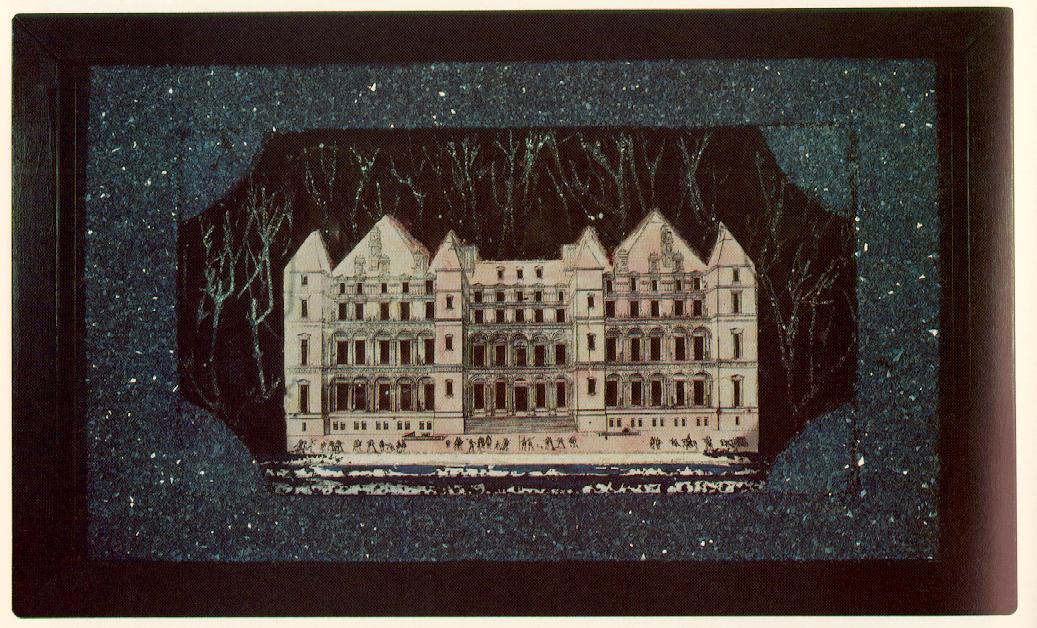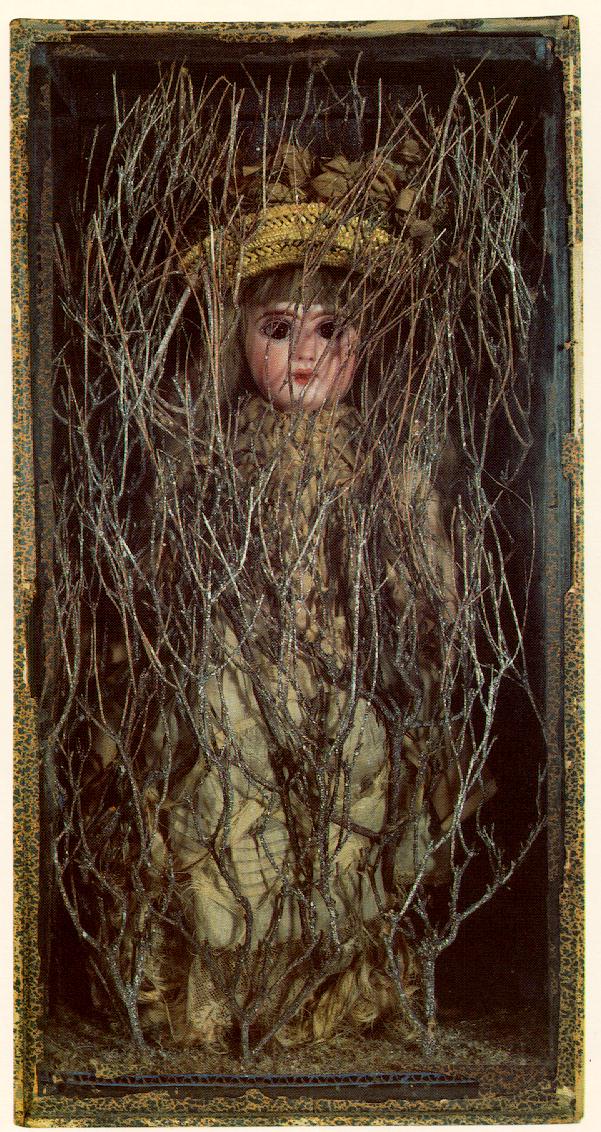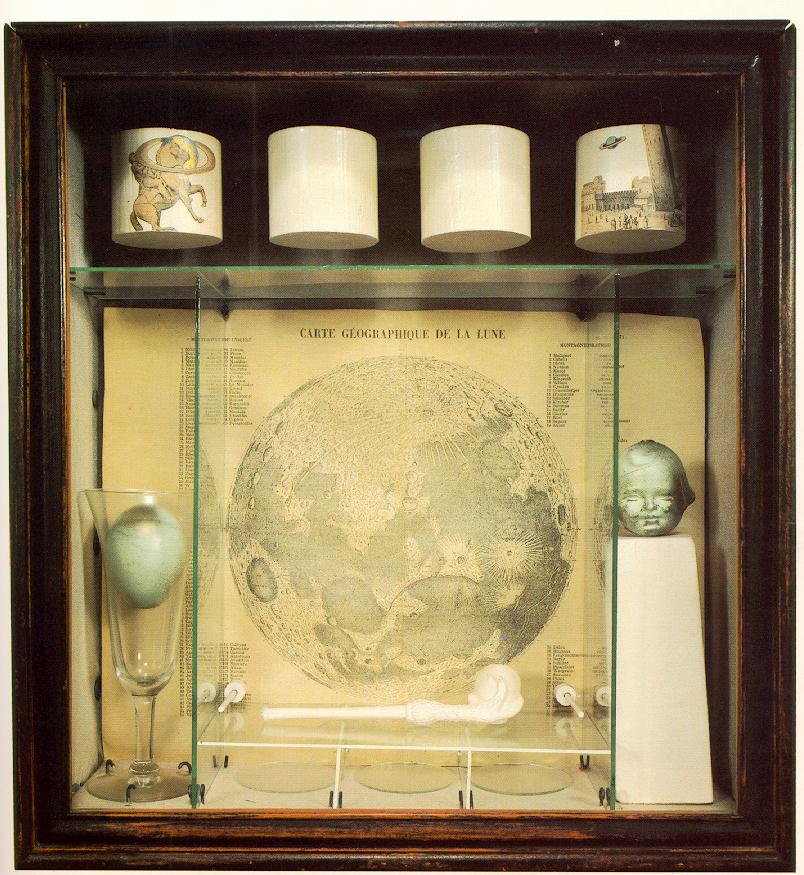'Dime-Store Alchemy': Joseph Cornell's Surrealist Boxes
Joseph Cornell is often considered the first and greatest American surrealist, said to have influenced creators as diverse as iconic French dadaist Marcel Duchamp and beloved speculative-fiction novelist William Gibson. An artist and filmmaker, he is perhaps best-known for the intricate, mysterious boxes he created druing the 1930s through 1960s -- bizarre and beautiful assemblages of dime-store tchotchkes and remnants of once-beautiful objects, placed in meticulously hand-crafted small cabinets. Yesterday marks the paperback release of Dime-Store Alchemy: The Art of Joseph Cornell, a fascinating long-out-of-print book that explores the eccentric genius of the artist through the insightful and often obsessive lens of the poet Charles Simic, who examines eight of Cornell's most remarkable boxes. It is, more than anything, a meditation on beauty and the art of imagination. Simic's writing itself is a metaphor for Cornell's thoughtful collages, stitching together elements of texts by some of the artist's favorite poets and authors. (Sound familiar?)
When it comes to his art, our eyes and imagination are our best guides. In writing the pieces for the book, I hoped to emulate his way of working and come to understand him that way. It is worth pointing out that Cornell worked in the absence of any aesthetic theory and previous notion of beauty. He shuffled a few inconsequential found objects inside his boxes until together they composed an image that pleased him with no clue as to what that image would turn out to be in the end. I had hoped to do the same. --Charles Simic
L'Egypte de Mlle Cleo de Merode, cours élémentaire d'histoire naturelle, 1940
Untitled (Pink Palace), ca. 1946-1948
Untitled (Bebe Marie), early 1940s
Untitled (Soap Bubble Set), 1936
Untitled (The Hotel Eden), 1945
What makes Dime-Store Alchemy most exceptional is the elegant parallel between the poetry of Cornell's work and that of Simic's narrative interpretation of it, at once an embodiment of and commentary on the power of remix in creation.
Images: WebMuseum, Paris.
This post also appears on Brain Pickings.






